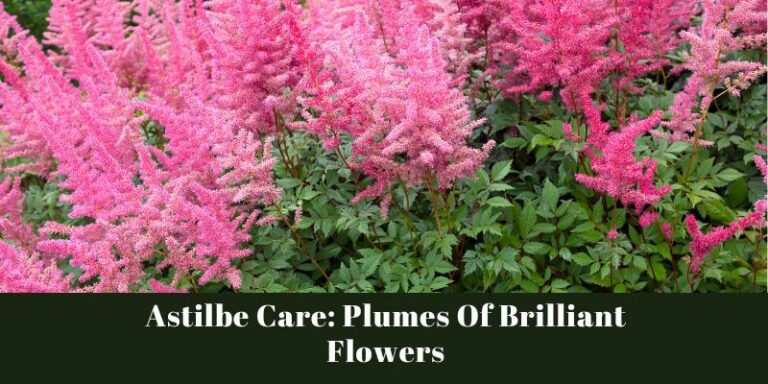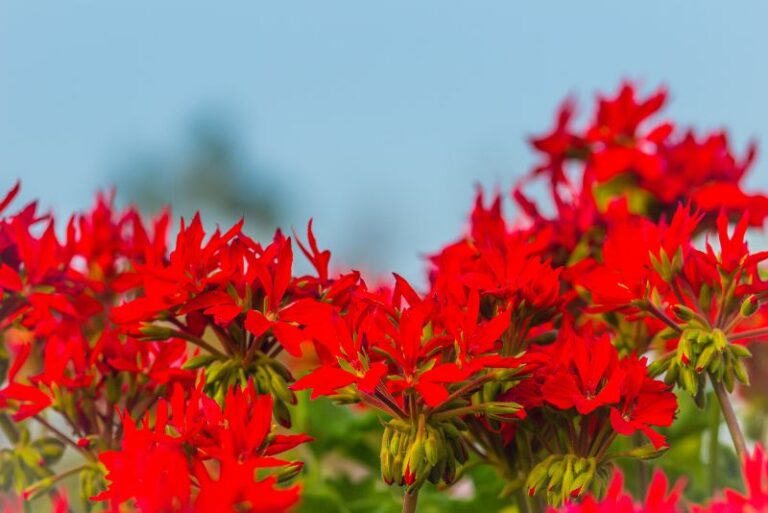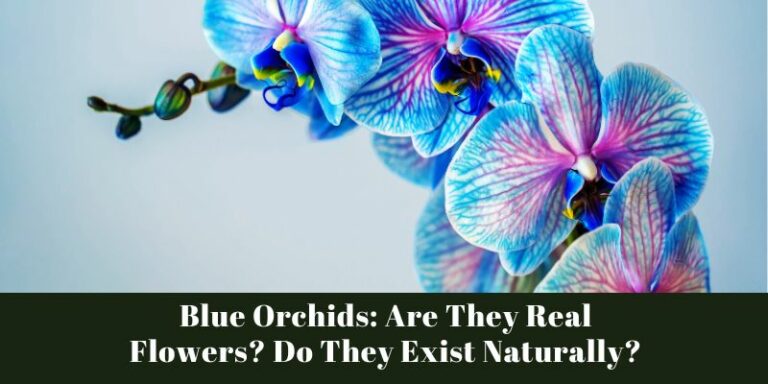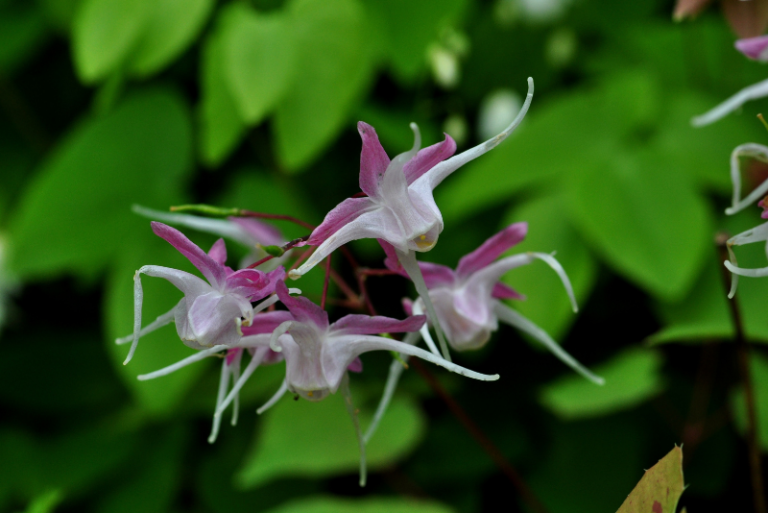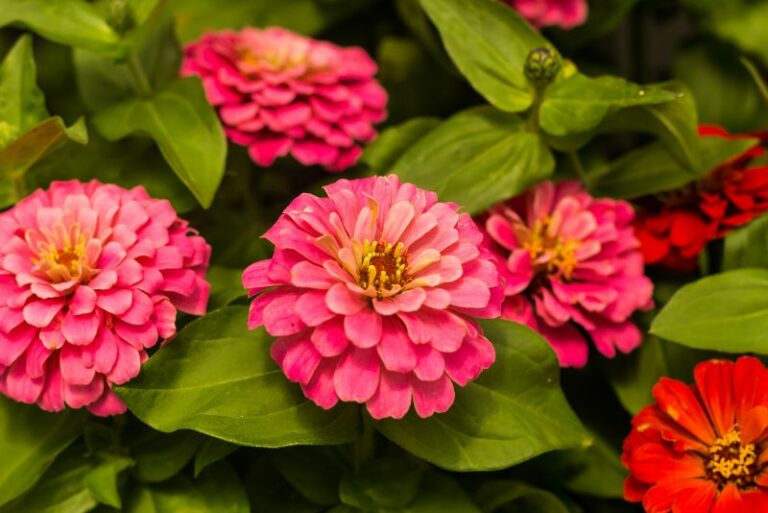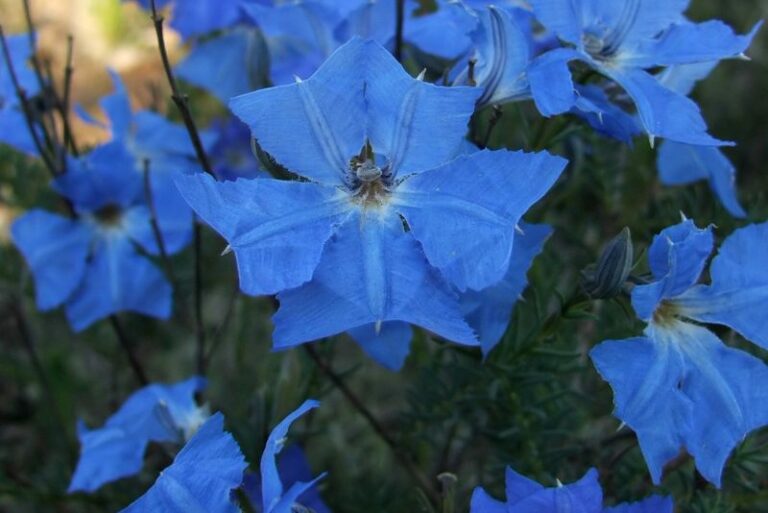How to Grow Grape Hyacinth in Containers: A Comprehensive Guide to Vibrant Urban Gardens
Urban gardening has seen a significant surge in popularity, driven by a growing interest in sustainable living and a closer connection to the natural world. For those with limited outdoor space, the art of container gardening offers infinite possibilities, and growing Grape Hyacinth in containers stands out as a particularly rewarding venture. This charming bulbous plant, also known as Muscari, can bring a burst of spring color and a sweet fragrance to tiny terraces, urban balconies, and even the most modest of window sills.
In this guide, we’ll explore the unique delights and challenges of cultivating Grape Hyacinth in a confined environment. From the inception of your container-based garden to creative ways to display your Muscari, you’ll learn how to create a flourishing micro-ecosystem that’s both visually stunning and ecologically sound.
Choosing the Right Container for Your Grape Hyacinth
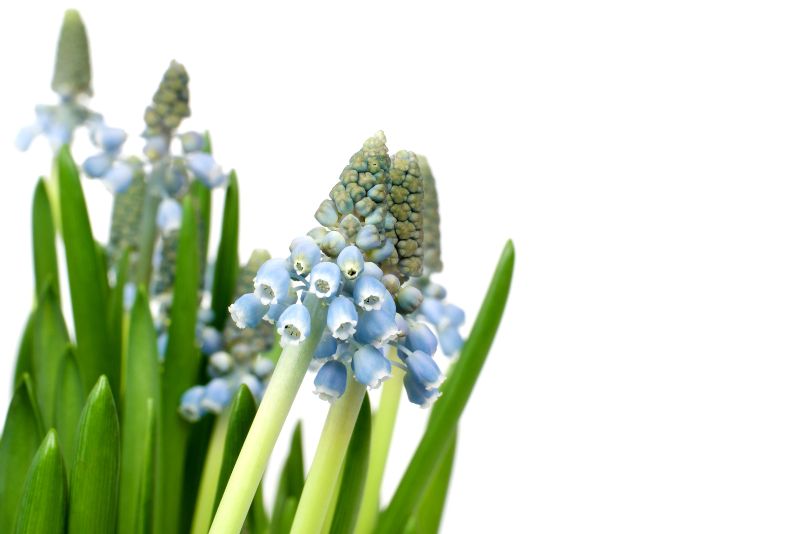
Selecting the appropriate container is integral to the success of any potted plant, and Grape Hyacinth is no different. Here’s what to consider:
The Size Matters
Grape Hyacinth bulbs need sufficient room to grow, but not so much that the soil is waterlogged and fungal diseases are encouraged. For a single plant, a pot with a diameter of at least 6 inches is recommended. If you’re creating a lavish display, choose a container that’s both long and wide enough to accommodate several bulbs in a single layer without crowding.
Material World
Clay pots are porous, allowing excess moisture to escape and reducing the risk of root rot. Plastic pots, while impervious to water, are lightweight, making them ideal for balconies and window sills that may not support the weight of clay over time. Wooden containers add a touch of rustic charm but require careful maintenance to prevent decay. The material’s properties will affect the moisture levels of the soil and the container’s insulation against temperature fluctuations.
Drainage Decisions
Any container you choose must have adequate drainage holes to allow water to escape. Standing water around the roots is the easiest way to lose a Grape Hyacinth to root rot. If your favorite container doesn’t have built-in holes, consider drilling them or utilizing the pot-in-pot method with an inner container that can be easily removed for draining.
Selecting High-Quality Grape Hyacinth Bulbs
Healthy, high-quality bulbs are the first step towards a beautiful Grape Hyacinth display. When shopping for your bulbs, look for the following characteristics:
A Firm Foundation
Avoid bulbs that are soft, moldy, or show signs of physical damage. Their outer scales should be intact, a sign of good health and readiness to grow.
Size Isn’t Everything, But It Helps
Typically, the bigger the bulb, the more flowers it will produce. However, for container planting, medium-sized bulbs are sufficient to create a pleasing display without overcrowding.
The Right Variety for Containers
Certain cultivars of Grape Hyacinth are naturally better suited for container growth, either due to their smaller stature or compatibility with confined spaces. Look for varieties such as Muscari armeniacum ‘Sapphire King’ or ‘Valerie Finnis’ that have been praised for their container performance.
Planting and Caring for Grape Hyacinth in Containers
Now that you have your container and quality bulbs, it’s time to get your hands dirty – literally.
Soil Preparation
Use a rich, well-draining potting mix that is specific to bulbs or mix your own using equal parts peat moss, perlite, and compost. The soil should be free of large chunks that could disrupt bulb placement and root development.
Finding the Perfect Depth
Plant your Grape Hyacinth bulbs at a depth twice their size, with the pointed end up. For a single bulb, this might mean placing the bulb about three inches below the soil surface. If you are planting multiple bulbs in a large container, space them so that they just about touch and are covered with soil to the correct depth.
Watering Wisely
After planting, give your Muscari a good drink to settle the soil, but take care not to overwater in the future. The soil should be kept lightly moist but never soggy, as Grape Hyacinth bulbs will rot in too-wet conditions. To check for dryness, insert your finger into the soil up to the first knuckle – if it’s dry, it’s time to water.
Sunlight and Fertilizer
Position your container where it will receive full to part sun. Grape Hyacinths are relatively unfussy about light but will perform best with at least six hours of sunlight a day. Fertilize once in the early spring with a balanced fertilizer, taking care not to over-fertilize and encourage foliage at the expense of flowers.
Maintenance Tips for a Happy Grape Hyacinth
Regular maintenance ensures that your Grape Hyacinth will grace you with its presence year after year:
Dividing Your Bulbs
After a few seasons, Grape Hyacinth bulbs can become overcrowded, leading to decreased flowering. Lift and divide the bulbs once the foliage begins to yellow, and replant them at the appropriate depth and spacing for a renewed and robust display.
Pest Patrol
Grape Hyacinth is relatively pest-resistant, but it can fall prey to the occasional snail or slug. In container settings, this risk is somewhat reduced, but keep an eye out for tell-tale damage and take appropriate action if necessary. Organic slug and snail baits are an effective and safe solution for small garden spaces.
Creative Display Ideas for Grape Hyacinth Containers
Take your container gardening to the next level with creative display inspire ideas:
Companions in Bloom
Plant your Grape Hyacinths alongside other spring bloomers such as daffodils, tulips, or pansies for a dynamic and visually interesting arrangement. The differing heights, textures, and colors will create a multi-layered and long-lasting display.
Aesthetically Pleasing Pots
Experiment with different container shapes, sizes, and colors. Vintage market finds, authentic terracotta that ages with character, or bright and modern ceramic pots can all offer a unique charm to your urban garden.
Conclusion: Cultivating Joy in Urban Spaces with Container Gardening
The rewards of growing Grape Hyacinth in containers are as varied as the plants themselves. This practice not only allows you to enjoy beautiful blooms and lush foliage in small spaces but also provides a sense of achievement and a sustainable connection to the environment. As container gardening continues to be a growing trend, urban spaces can transform into vibrant sanctuaries, one potted plant at a time.
Whether you’re a seasoned gardener or just beginning, the idea of growing Grape Hyacinth in containers captures the essence of what makes gardening so fulfilling: the ability to create life and beauty in unexpected places. With the guidance provided here and a bit of your unique creativity, the possibilities for your urban oasis are truly endless.
For more in-depth insights and support on urban gardening, consider joining local gardening communities, participating in workshops, or connecting with seasoned gardeners. With the right knowledge at your fingertips, even the smallest spaces can yield the biggest horticultural successes. Now, it’s time to get your hands on those pots and containers and start growing – your grape hyacinths are waiting to bloom!

